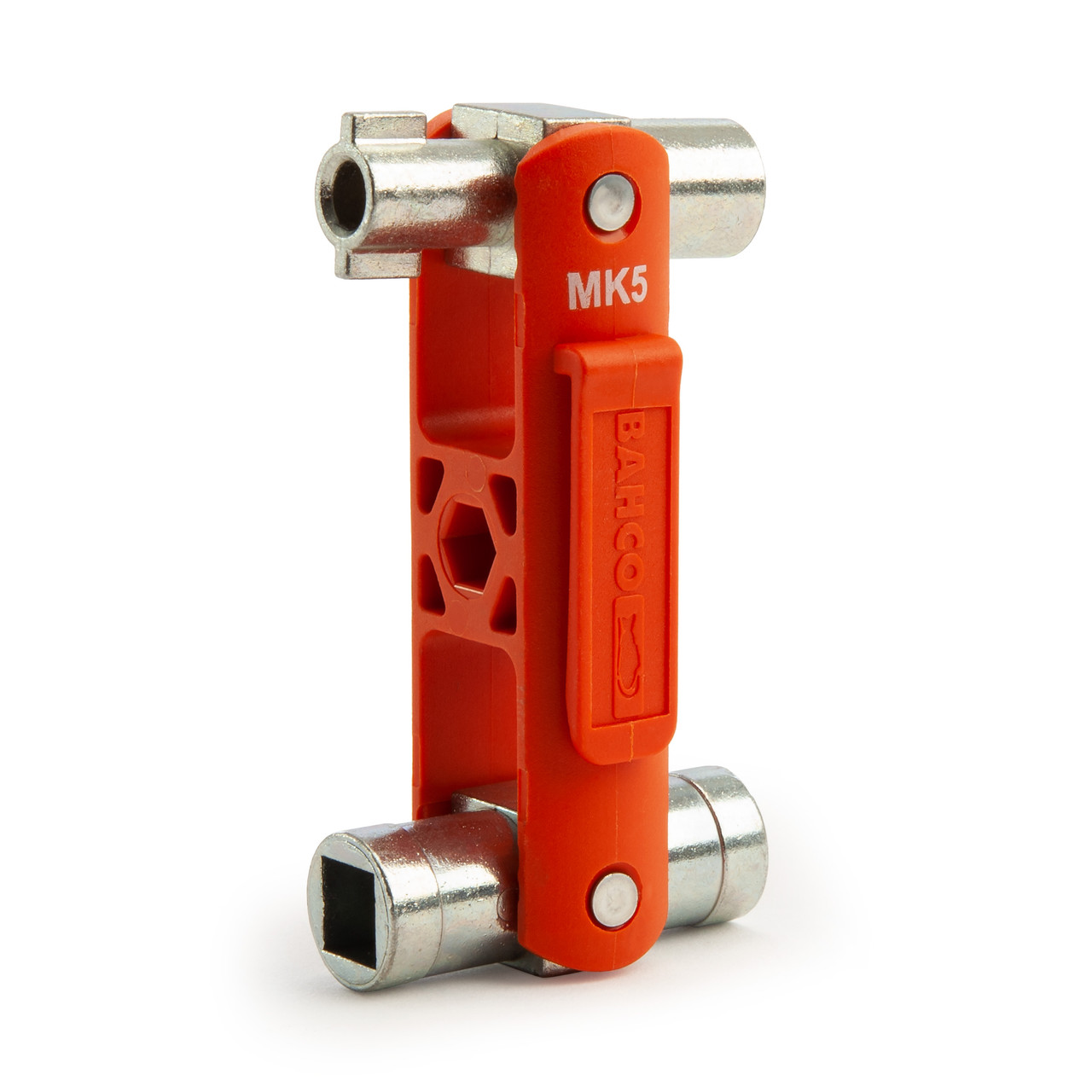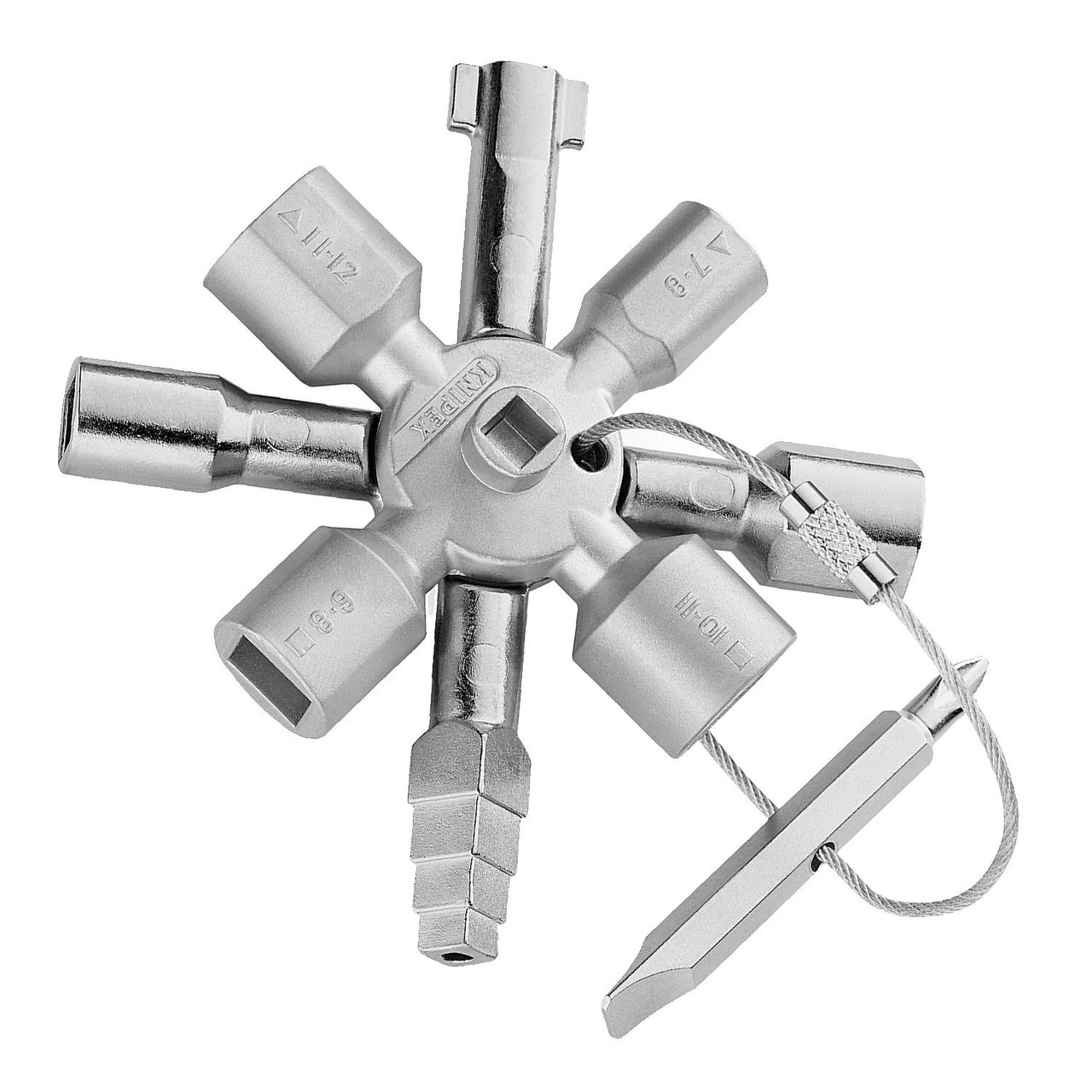How to Successfully Maintain Your Radiators
Posted by Katy | Toolstop on 25th Jan 2021
It's easy to forget about radiators - they are just there doing their job, heating your home. That's until they aren't anymore and then it's a major problem. This Toolstop guide expalins how to maintain your radiators during the winter months and keep them running throughout the season.
How to fix a Radiator
It's easy to forget about radiators - they are just there doing their job, heating your home. That's until they aren't anymore (probably just as it gets cold) and then it's a major problem.
The truth is that radiators typically require very little in the way of maintenance. However, this creates the situation where some homeowners simply don't know what to do when their radiators suddenly stop behaving.
In the majority of cases, the need for radiator maintenance comes in two forms: they are cold at the top, or they are cold at the bottom.
If you find that your radiators are getting cold at the top, then it is almost certainly an issue with an air pocket - that means you'll need to bleed your radiator.
When to Bleed Radiators
You'll need to bleed your radiator if you've turned on the heating for 15 minutes and your radiator is cold to the touch at the top, while the bottom has heated up. A boiler is a closed system and air is able to escape from the water as time goes on. Air is lighter than water, so the air rises to the top of the radiator where it forms an air bubble that stops the water from heating that section of the radiator.
Thankfully bleeding the radiators is a quick and easy job. However, the essential piece of equipment you will need is your radiator valve bleed key. These are usually supplied with the radiator by the manufacturer. If you don't have your key you will need to source a replacement which you can find here.
How to Bleed Radiators
The first step in the bleeding process is to turn on your heating in order to push excess pressure out of the system. Additionally it allows you to check which radiators require bleeding.
The next stage of the process is turning off the radiators and allowing them to cool. You should not attempt to bleed the radiators while the heating is on as some systems will pull in additional air if they are open while they run. It should also be noted that attempting to bleed while the water in the radiator is hot can be very dangerous and you can potentially be burned.
Next, placing a towel around the bottom of the radiator and having a bucket or bowl ready to catch any excess water, take a radiator bleeding key and insert it into the bleeding valve. Turn the key anti-clockwise until you hear a hissing sound - this is the air escaping.
The pressurised nature of the system means that it will do the work for you. When water starts to come out of the valve, you should close it.
How to Fix Boiler Pressure
Once you have bled the system, it can be important to check the pressure. If your boiler pressure isn't right, it can cause more problems with the system.
It can vary by manufacturer and model, but most boilers should have 1.3 bar pressure when cold, and a pressure that is between 1.5 and 1.8 bar when hot.
If your boiler is showing pressure levels below these guidelines, then you may need to add water to the system. This is usually achieved by opening the cold water tap to your boiler system, and closing it when reaching the desired level.
If you accidentally add too much water, the pressure will become too high and this can be relieved by bleeding a radiator to release water from the system.
Why is my Radiator Cold at the Bottom?
The other issue that could occur is when you have a radiator that is cold at the bottom when it is hot at the top. And unfortunately this problem is probably caused by sludge.
Don't worry, this is a natural aspect of radiator operation - but it can still be a pain to fix. Sludge occurs when, over time, the metal in the pipes reacts with the water running through them. When the sludge accumulates the bottom of the radiator it stops water flow, leaving this area of the radiator cold.
You have a few options to fix this issue. Firstly, you could use a chemical flush to remove the sludge, which would probably involve hiring a professional, as it can be a delicate process. Alternatively, you can isolate the radiator, remove it, and then manually flush it out with pressurised water, for example, from a hose.
Naturally, prevention is better than cure, so it is definitely worth adding a magnetic boiler filter or using chemical inhibitors in your system.
So, that was our guide on how to maintain your radiators and keep them working throughout the cold, winter months. Follow these simple steps to avoid any further complications and costly bills this season!





